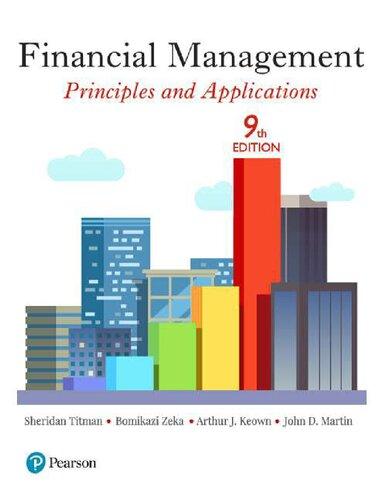Question
Assume that a borrower made a mortgage loan 3 years ago for 395,000 at 7% for 30 years. Today (e.g. after 3 years have passed)
Assume that a borrower made a mortgage loan 3 years ago for 395,000 at 7% for 30 years. Today (e.g. after 3 years have passed) interest rates fell and a new mortgage loan is available at 3% for 30 years. Assume that the lender who is making the NEW loan requires an origination fee of $1,500. However, regardless of whether the borrower refinances or not, 10 years from now the borrower plans to sell the property and pay off either loan. In terms of pre-payment penalties, if the original loan that was made three years ago is paid off today, the borrower will face a pre-payment penalty of 3%; but beyond that there are no other prepayment penalties. All loans are of course fully amortizing with constant payments and fixed rates. Compute the IRR associated with re-financing and report it as a % rounded to two decimals below. (Hint: the IRR will be quite high for this problem and positive
Step by Step Solution
There are 3 Steps involved in it
Step: 1

Get Instant Access to Expert-Tailored Solutions
See step-by-step solutions with expert insights and AI powered tools for academic success
Step: 2

Step: 3

Ace Your Homework with AI
Get the answers you need in no time with our AI-driven, step-by-step assistance
Get Started


